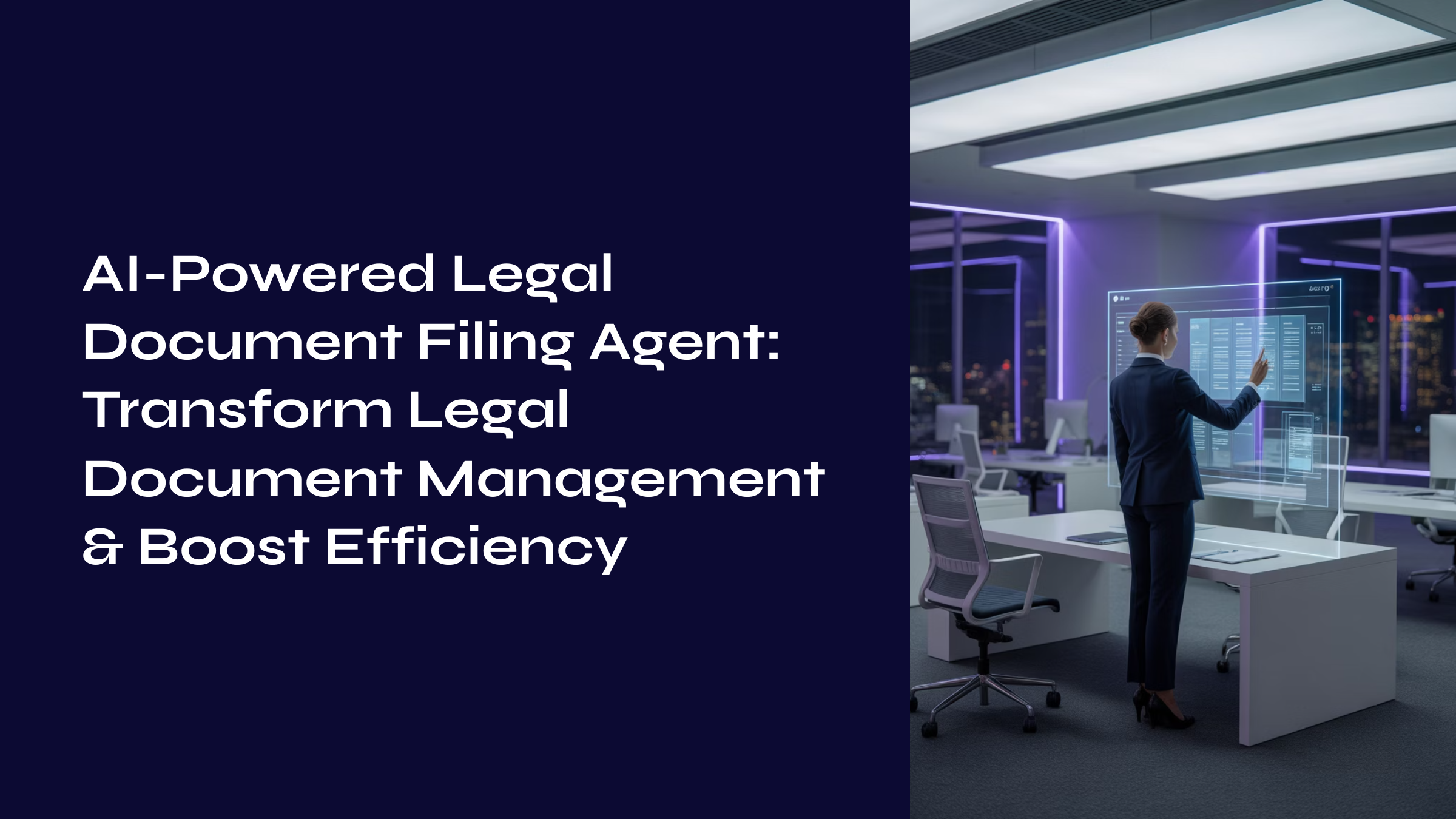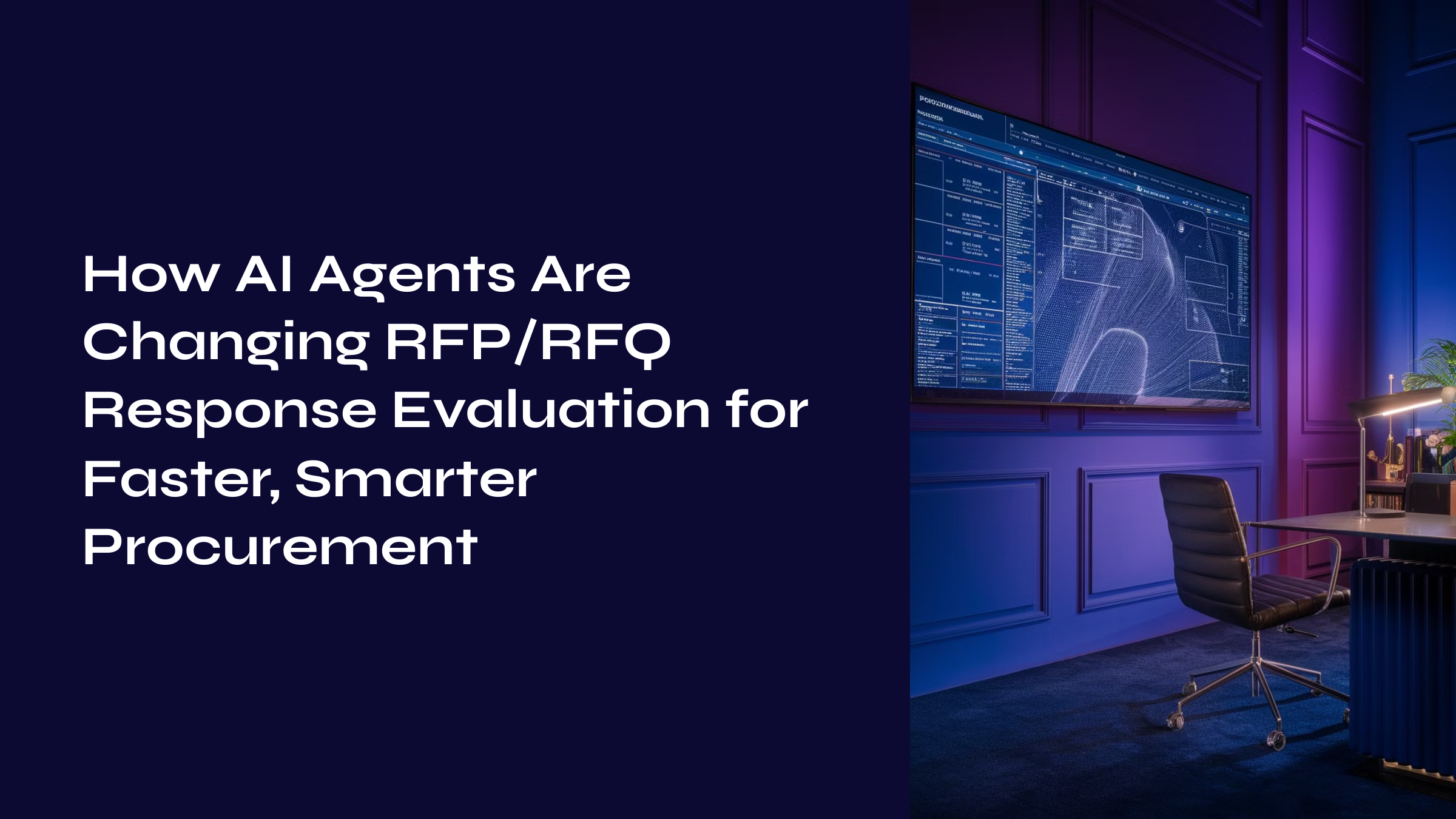In financial services and corporate finance, accurate and timely reporting is critical. Generative AI offers advanced capabilities that streamline complex reporting workflows, enhance data interpretation, and enable predictive analytics for forward-looking insights. This article delves into the technical aspects of leveraging Generative AI in financial reporting, covering the tools, techniques, and automation processes that finance professionals can adopt to drive efficiency and competitive advantage.
The Essential Tools for Generative AI in Financial Reporting
Generative AI in finance involves specialized tools designed to handle large volumes of data, ensure data integrity, and provide customizable reporting insights. Here’s a closer look at the specific tools that make this possible:
- AI-Powered Data Aggregation Platforms
For accurate financial reporting, data must be aggregated from various sources, such as ERP systems, CRM databases, and external market data feeds. AI-powered data integration platforms like Snowflake or Apache Kafka combined with Generative AI can streamline data ingestion, cleansing, and integration. By automating these processes, finance teams have real-time access to data that’s consistent and ready for analysis. - Natural Language Generation (NLG) Engines
NLG tools, such as GPT models and T5, allow finance professionals to convert complex data sets into human-readable reports automatically. These tools can draft narratives for financial statements, quarterly summaries, and executive briefs by analyzing numerical data and identifying significant trends. This capability not only saves time but also helps deliver insights in a clear, actionable format for decision-makers. - Predictive Analytics and Forecasting Models
Generative AI models like Prophet by Facebook or AutoML tools (e.g., Google’s BigQuery ML) enable finance teams to create robust predictive analytics models. These models use historical data to generate forecasts for revenue, cash flow, and other key financial metrics. Such tools enhance forecasting accuracy, providing finance leaders with actionable insights for budgeting and strategic planning. - Data Visualization Tools with AI Integrations
Visualizing data trends is crucial for understanding complex financial information. Tools like Power BI, Tableau, and QlikSense, when integrated with Generative AI, allow finance teams to build interactive dashboards that highlight trends, anomalies, and performance insights. These platforms often include AI-driven features like automated insights and predictive analytics that help finance professionals make data-informed decisions in real time.
Key Techniques in Generative AI for Financial Reporting
To fully harness Generative AI, finance teams need to apply specific techniques to unlock insights from financial data. Here are three methods that provide technical depth and advanced analytical capabilities:
- Advanced Machine Learning for Anomaly Detection
Anomaly detection is essential for identifying irregularities in financial transactions that could indicate fraud or errors. Generative AI models like Autoencoders and Isolation Forests are effective for detecting anomalies in high-dimensional financial data. By analyzing historical patterns, these models flag deviations in real-time, enabling proactive risk management and compliance with regulatory standards. - Time-Series Analysis for Financial Forecasting
Time-series forecasting is a technique widely used in financial planning and analysis (FP&A). Models like ARIMA, LSTM (Long Short-Term Memory), and Prophet are popular for processing sequential data to predict future trends. Generative AI enhances these techniques by automatically adjusting parameters and learning from new data, which improves forecast accuracy for budgeting, cash flow analysis, and resource allocation. - Natural Language Processing (NLP) for Sentiment Analysis
Financial markets and reporting are often influenced by external factors such as market sentiment. Using NLP models like BERT or DistilBERT, Generative AI can analyze market news, social media, and investor sentiment, providing valuable context for financial forecasts. This allows organizations to adjust strategies based on current events and market perceptions, creating a more resilient financial plan.
Transforming Financial Workflows with Automation
Automation is a cornerstone of Generative AI in financial reporting. By automating repetitive tasks, finance teams can focus on analysis and strategic work, which drives operational efficiency and reduces the potential for error. Here’s how AI-driven automation transforms financial workflows:
- Automated Data Collection and Reconciliation
Generative AI solutions can automate data extraction from financial documents, systems, and spreadsheets, reducing manual input. Tools such as UiPath and Blue Prism use machine learning to interpret and reconcile data from different sources. This automation ensures data accuracy and accelerates the monthly, quarterly, and annual closing cycles. - Robotic Process Automation (RPA) for Report Preparation
RPA bots, when integrated with Generative AI, handle routine tasks like financial statement preparation, account reconciliation, and ledger updates. This integration enables bots to work independently across financial systems, ensuring timely and consistent reports that are compliant with regulatory standards. - Real-Time Data Insights and Continuous Monitoring
Generative AI models embedded in BI tools allow real-time reporting, with continuous data updates. This integration ensures finance teams have the most recent insights available, whether for management reporting or board presentations, and allows for instant updates that align with changing financial conditions.
Enhancing Financial Reporting Workflows with User-Centric Design
User-centric design in AI-driven tools ensures that finance teams can maximize the benefits of Generative AI without extensive technical expertise. Here are a few examples of how user-centric design transforms AI adoption in finance:
- Customizable Dashboards and Reporting Templates
Generative AI-powered reporting tools offer customizable templates that match specific financial reporting needs, from variance analysis to KPI tracking. Custom dashboards allow users to select the metrics and visuals most relevant to their roles, enabling finance teams to access insights that directly support their goals. - Interactive Data Exploration with AI Assistance
AI-driven data exploration tools, such as Explainable AI (XAI) models, allow finance professionals to interact with data dynamically. These tools provide explanations for AI-generated insights, giving users more control and understanding of the data, which builds trust in the technology and encourages broader adoption. - Collaborative Insights for Cross-Functional Teams
Generative AI enables finance teams to create and share interactive reports that promote cross-functional collaboration. Shared AI-powered insights bring finance, operations, and strategy teams together, facilitating discussions that drive organizational alignment and agile decision-making.
Conclusion
Generative AI offers transformative potential for financial reporting, helping finance teams move from labor-intensive tasks to strategic analysis. By adopting the right tools, applying advanced techniques, and prioritizing user-friendly workflows, financial organizations can leverage Generative AI to turn reporting into a powerful, competitive asset. As finance departments increasingly adopt AI-driven solutions, they will continue to unlock new efficiencies, insights, and opportunities for growth.
Ready to transform your financial reporting processes with Generative AI? Contact advansappz to learn how our tailored solutions can streamline workflows, enhance accuracy, and empower your finance team with data-driven insights.
Frequently Asked Questions (FAQs)
1. How does Generative AI enhance financial reporting accuracy?
Generative AI automates tasks like data collection, report generation, and reconciliation, ensuring consistency and reducing the risk of human error, which results in higher accuracy in financial reporting.
2. What types of AI tools are most effective in financial reporting?
Advanced tools like GPT-based models for natural language generation, Prophet for forecasting, and BERT for sentiment analysis are particularly effective in creating automated, data-driven financial reports.
3. How does Generative AI improve financial forecasting?
Generative AI models use historical and real-time data to generate precise forecasts for revenue, cash flow, and other metrics, helping organizations make well-informed strategic and operational decisions.
4. How does automation improve efficiency in financial reporting?
Automation powered by Generative AI reduces manual labor in tasks like data reconciliation, report preparation, and error checking, allowing finance teams to focus on more complex, analytical work.
5. Can Generative AI solutions be tailored to meet unique business needs?
Yes, Generative AI tools can be customized to generate insights and reports that align with specific business requirements, industry regulations, and compliance standards, providing flexibility and precision.
















